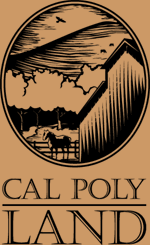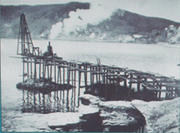History |
|||||||

|
|||||||
Unocal began their environmental cleanup efforts by removing much of downtown Avila in efforts to eliminate the underground oil contamination. The beach was closed off and the contaminated soil was excavated and backfilled with clean soil. The last of the cleanup efforts was the Front Street Enhancement Project Project which began in 1999 and was completed in 2001. Additional efforts of Unocal included their purchase of the Avila Beach water district’s state water supply and endorsing activities to increase business in the area. On November 29, 2001, Unocal donated their pier to California Polytechnic State University in San Luis Obispo for the establishment of a marine science education and research center. The university's College of Science and Mathematics will operate the pier. Unocal has also endowed Cal Poly with $3.5 million for the maintenance and operation of the facility. With the education provided , the pier is worth $18.5 million in value. The pier is the only marine research center between Santa Barbara and Monterey and the only one in the nation to provide undergraduates with a marine education program. Latest Update on the pier
|
|||||||

